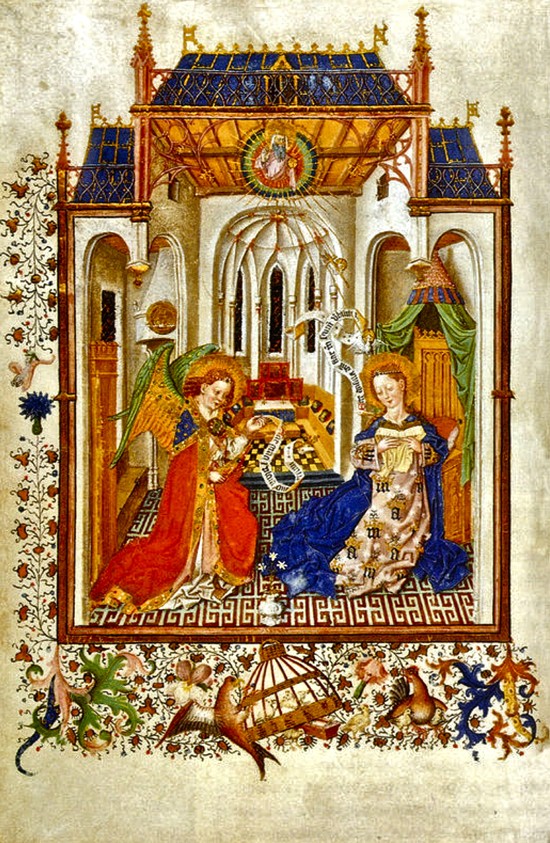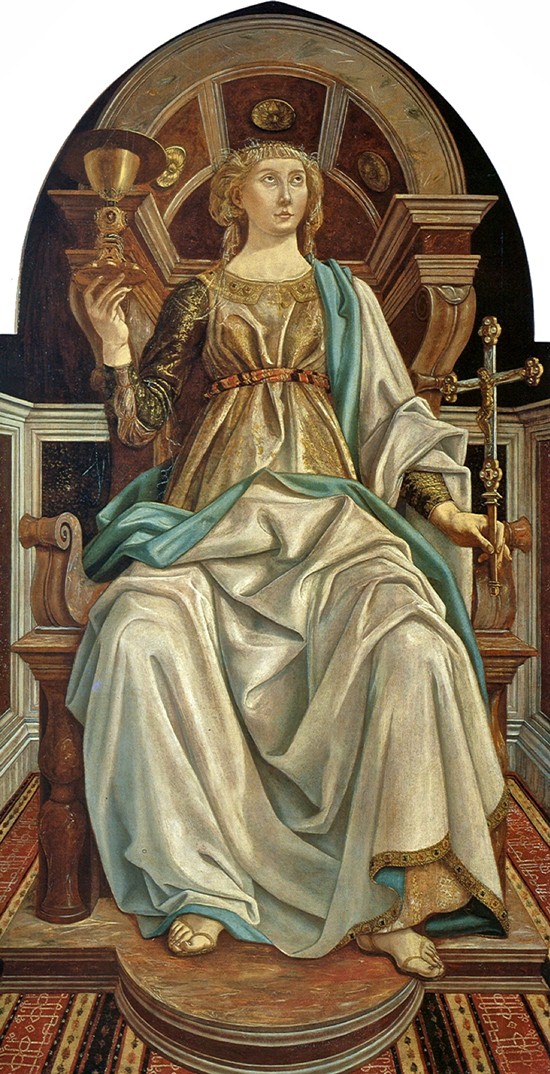Hi Patricia,
Thanks a lot for this interesting contribution! I shall try to find an on-line scan of Francisque Pelegrin’s (Or Francisco Pelegrino's) book, if possible. The illustrations should be of great interest, not only for scholars interested in tiles, like Mr Puis, but perhaps as well for ruggies.
Tile floors were ubiquitous in Renaissance painting, being much more frequent «studio props» than carpets or even than velvets and other precious textiles.
The following paintings feature tile floors with probable islamic influence, as those mentioned by Mr Puis, but painted as early as the second half of the fifteenth century:
The first example illustrates the «Livre d’heures de Catherine de Cleves » (Anonymous, ca. 1450, Munster) and shows what might be the sainak motif (Most frequent on Turkmen ensi, and also found on some much older Anatolian rugs).

The later tile floor, with its pseudo kufic «borders», appears in several allegories painted by P. del Pollaiolo (Here, the Allegory of Faith, ca. 1470, Uffizi, Florence).

Best regards.
Pierre